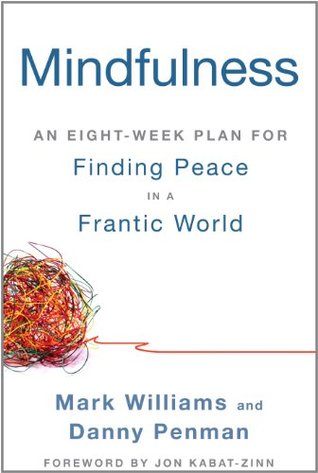This so-called “fight-or-flight” response isn’t conscious—it’s controlled by one of the most “primeval” parts of the brain, which means it’s often a bit simplistic in the way it interprets danger. In fact, it makes no distinction between an external threat, such as a tiger, and an internal one, such as a troubling memory or a future worry. It treats both as threats that either need to be fought off or run away from. When a threat is sensed—whether real or imagined—the body tenses and braces for action. This may manifest as a frown, the churning of the stomach, tension in the shoulders or the
...more
Welcome back. Just a moment while we sign you in to your Goodreads account.


